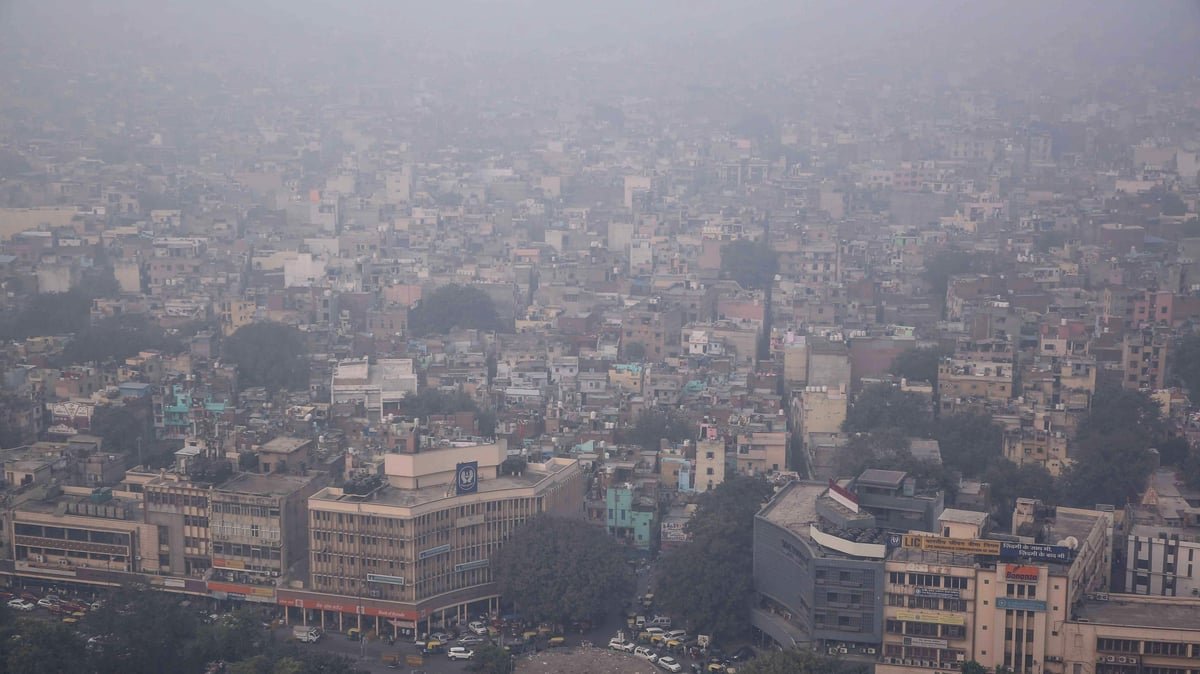New Delhi: The air quality on Friday, November 8 in Delhi deteriorated further, with several regions recording ‘Severe’ levels, according to the Central Pollution Control Board (CPCB) at 7 am. The peak AQI in the city reached 441, whereas the average AQI noted was 383. For comparison, the AQI was 366 on Thursday morning, increasing to 377 by 4 PM. On Wednesday at the same hour, it was 352.
Right now: Mist, Temperature: 22.09C, Humidity: 78, Wind: From SSE at 1.54KPH, Updated: 8:54AM #Delhi #Weather
— WeatherNewDelhi (@WeatherNDelhi) November 8, 2024
With Delhi transforming into a gas chamber due to the ongoing decline in air quality, an increasing number of individuals are experiencing health problems such as asthma and COPD. According to Dr. Karan Madan, Associate Professor in the Department of Pulmonary, Critical Care, and Sleep Medicine at AIIMS Delhi, there has been a sharp increase in OPD patients suffering from respiratory conditions like asthma and COPD.
The government continues to face challenges in controlling stubble burning incidents in Delhi and surrounding regions. To address these incidents in light of increasing air pollution, the Centre on Wednesday revised the Commission for Air Quality Management (CAQM) regulations for the National Capital Region and neighbouring regions, as reported by Mint earlier. The Union Government has raised the fine for stubble burning to as much as ₹30,000.
The pollution rates in the national capital increased dramatically in recent days. The increase in air pollution in Delhi aligns with the Chhath Puja festivities, prompting devotees to remain outdoors overnight, thus exposing them to unhealthy AQI levels.
This is South West Delhi at 6.40am.#Smog #DelhiWeather #November pic.twitter.com/Bx6DDgm8i0
— navneet singh (@navneetsport) November 8, 2024
As per www.aqi.in, Delhi’s real-time AQI stood at 377 at 7 am on Friday, November 8. The Central Pollution Control Board noted that Delhi’s AQI was at 382 as of 6 pm.
Sixteen weather stations reported an AQI exceeding 400, while seven additional stations experienced the air quality decline to a “severe” level by evening.
These consist of Anand Vihar, Ashok Vihar, Bawana, Mundka, Jahangirpuri, Wazirpur, Okhla Phase 2, Punjabi Bagh, Rohini, Sonia Vihar, and Patparganj, plus others.




